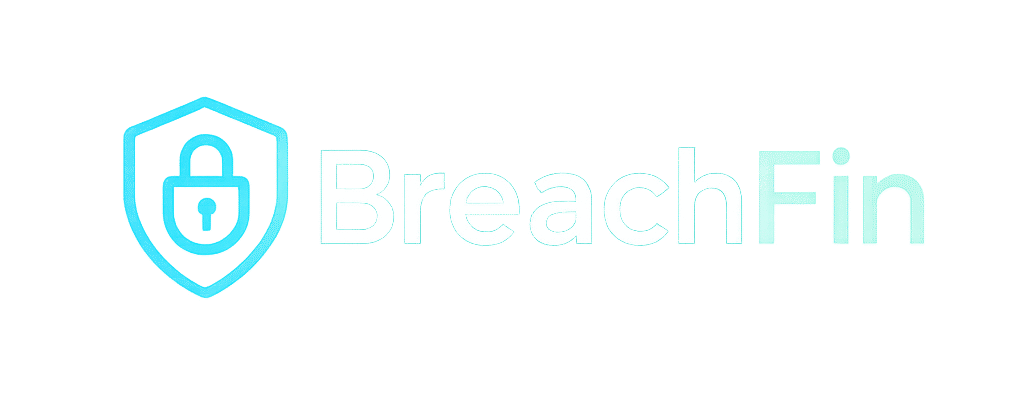How to Use Breachfin to Support Your Annual PCI Audit
Introduction A PCI DSS audit can be demanding, especially with new requirements introduced in version 4.0. Instead of manually collecting disparate logs and screenshots, you can streamline much of the evidence-gathering with Breachfin. This blog explains how Breachfin’s features help you meet specific PCI DSS requirements, document proof, and respond confidently to QSA inquiries. Relevant…

